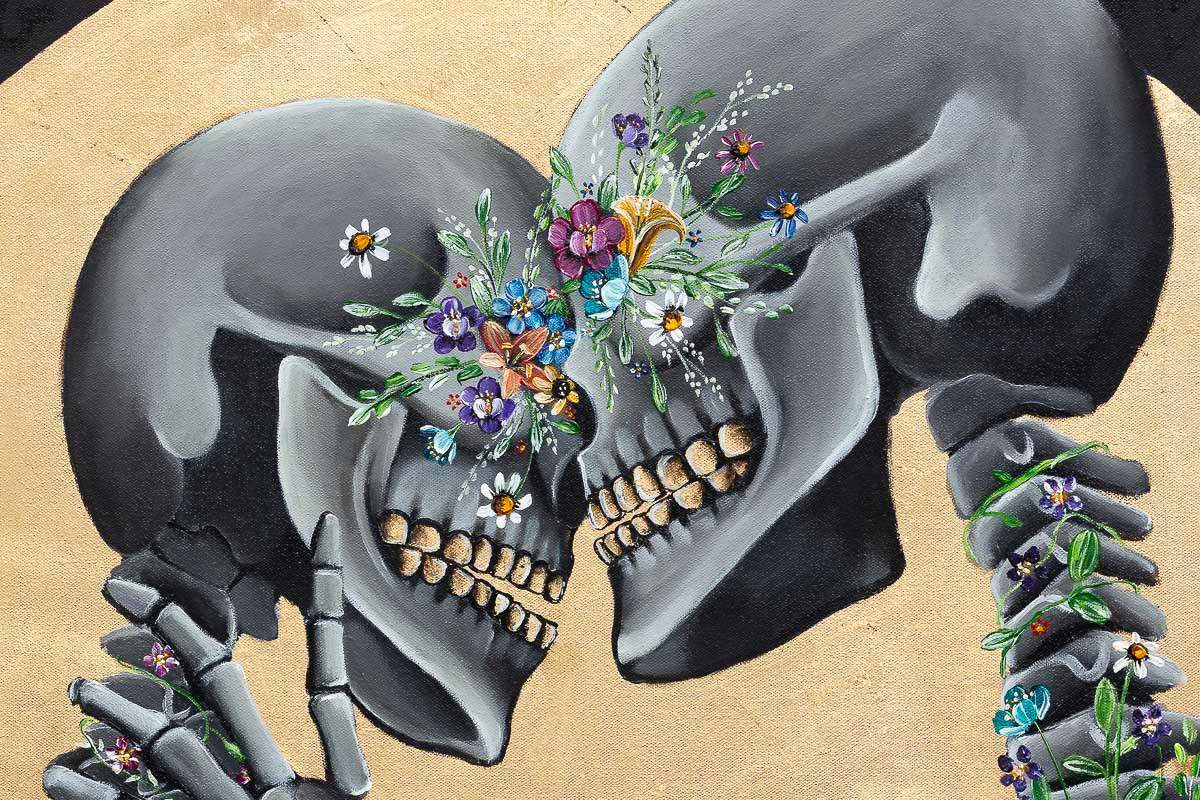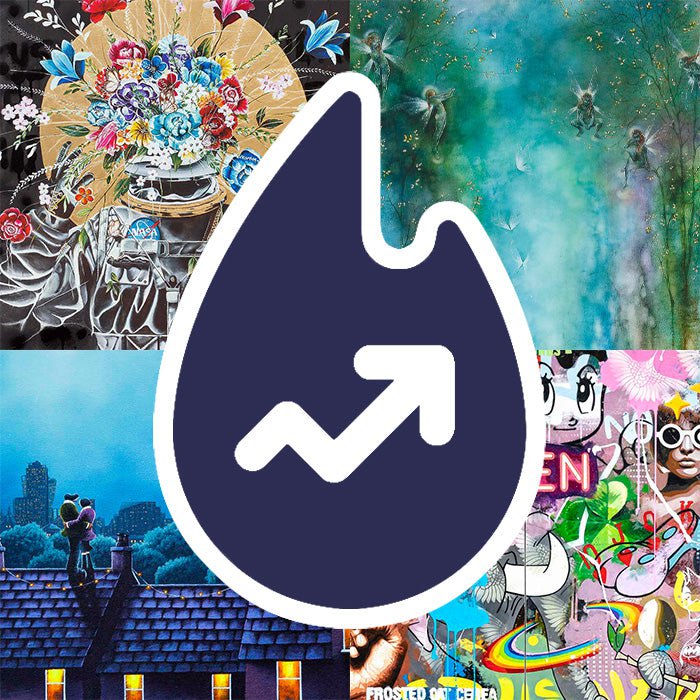Beauty and The Beast
The Story of The Fairytale
The earliest written version of Beauty and the Beastdates back as early at 1740, from a French novelist who had no idea that her fairy story would become the muse of animators (who could forget the re-naming of Beauty to Belle in Disney’s beloved sing-along?), surrealists, and most recently released last month, live action film with Emma Watson and Dan Stevens taking the title roles.
It is little wonder with her magical re-interpretations of subversive legends that Kerry Darlington approached the curious and at times frightening story of a young girl who wanders into a dark castle, only to be held imprisoned by an enchanted male with a new eye, hoping to introduce a fresh perspective. The natural follow up to 'Snow White Rose Red', 'Little Red Riding Hood' and 'The Snow Queen'; the painting features an adolescent girl embracing a fierce but powerful lion. Encouraging us to consider what strength is rather than what it looks like, the artist approaches the dichotomy that we are both are our own greatest assets and our own biggest downfalls.
Words from Kerry Darlington
“The Beast represents the dark animal nature connected to our survival instincts and fears. Because it is so big and powerful we tend to keep this part of ourselves in the shadows. We refuse to look at it or show it outwardly to the world. Only when we confront our beast will we understand the strength and treasure held within it. Beauty demonstrates to us that looks can be deceiving. In the story, her sisters are described as the most beautiful creatures physically, yet their beauty is a mere mask covering the ugly intentions that they hide from the world. She discovers that the Beast, fearful as he looks, possesses true inner beauty.
The Rose represents transformation. Beauty asked for the Rose out of love. The Beast had to transform himself through love. The fairy-tale tells us that when you ask for something truly from the heart, you will receive the wisdom that you need; although you may not be aware of the price that must be paid for it until later.”

















